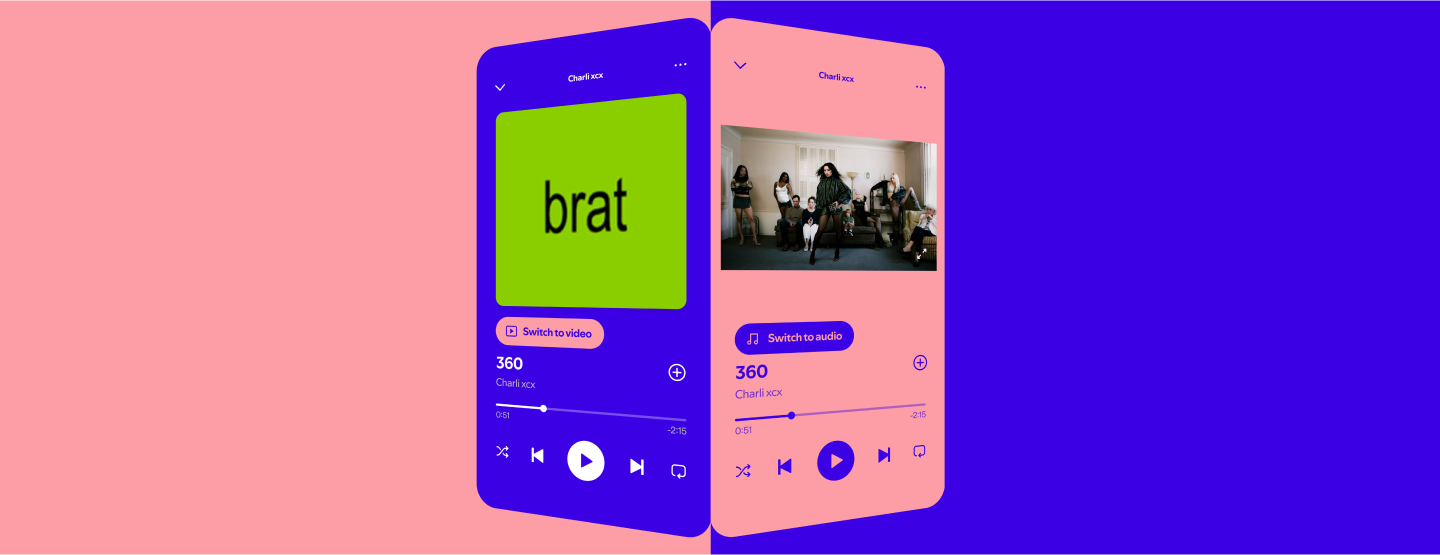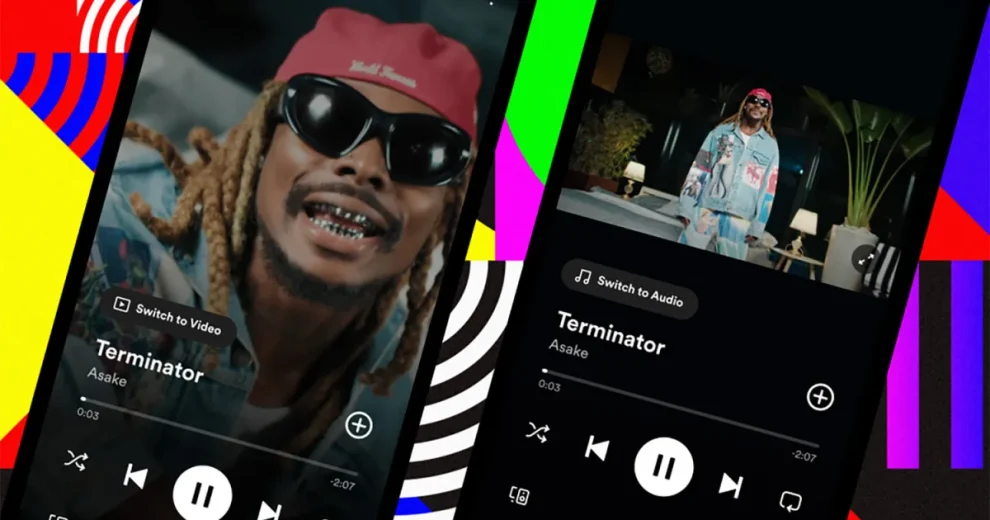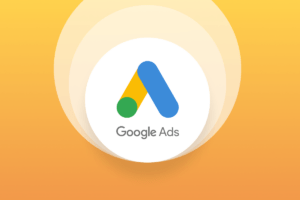Spotify, the world’s leading audio streaming platform, has announced a massive expansion of its music video support to 85 additional markets. This move not only marks a significant evolution in Spotify’s content strategy but also signals a new era in how millions of users worldwide consume and interact with music.
Spotify’s decision to broaden its music video offerings represents more than just a feature update; it’s a strategic pivot that positions the company at the intersection of audio and visual entertainment. This expansion brings the total number of markets with access to Spotify’s music video content to over 100, covering a vast swath of the global population.
We’re not just adding a new feature; we’re revolutionizing how people experience music,” said Daniel Ek, Spotify’s CEO and co-founder. “By bringing music videos to these 85 new markets, we’re creating a more immersive, engaging platform that caters to the diverse ways our users want to connect with their favorite artists.”
The Scale of the Expansion
The 85 new markets receiving music video support span across six continents, including:
- Emerging markets in Southeast Asia, such as Indonesia, Vietnam, and the Philippines
- African nations like Nigeria, Kenya, and South Africa
- Middle Eastern countries including Saudi Arabia, UAE, and Egypt
- Latin American markets such as Argentina, Colombia, and Peru
- Eastern European nations like Poland, Romania, and Hungary
- Oceania countries including Australia and New Zealand
This expansion significantly increases Spotify’s global footprint in the music video space, bringing its visual content to an estimated additional 1 billion potential users.
The Technology Behind the Expansion
Spotify’s ability to roll out music video support to such a vast number of markets simultaneously is a testament to the company’s robust technological infrastructure. The expansion relies on several key technological advancements:
- Enhanced Content Delivery Network (CDN): Spotify has significantly upgraded its CDN to handle the increased bandwidth demands of serving high-quality video content to millions of users concurrently.
- Adaptive Bitrate Streaming: This technology allows Spotify to deliver the highest quality video possible based on a user’s internet connection, ensuring a smooth viewing experience even in areas with less developed internet infrastructure.
- AI-Powered Content Recommendations: Spotify’s algorithm has been updated to incorporate video content into its recommendation engine, providing users with personalized video suggestions based on their listening habits.
- Cross-Platform Synchronization: The company has developed new synchronization technologies to ensure a seamless transition between audio and video content across different devices.
Dr. Alicia Feng, a digital media expert at MIT, explains the significance of these technological advancements: “Spotify’s expansion isn’t just about adding videos to their platform. It’s about creating a seamless, integrated audio-visual experience that adapts to user preferences and technical constraints in real-time. This level of technological sophistication is what sets Spotify apart in the streaming market.”

The Impact on User Experience
For Spotify users in these 85 new markets, the addition of music videos represents a significant enhancement to their listening experience. The integration of visual content opens up new ways for users to engage with their favorite artists and discover new music.
Key features of the music video integration include:
- Seamless Audio-to-Video Switching: Users can easily switch between audio and video modes without interrupting playback.
- Video Playlists: Curated playlists that combine both audio tracks and music videos.
- Artist Video Channels: Dedicated spaces where artists can share official music videos, behind-the-scenes content, and live performances.
- Interactive Music Videos: Some videos will feature interactive elements, allowing users to explore additional content or purchase merchandise directly through the video interface.
- Offline Viewing: Premium subscribers can download music videos for offline viewing, similar to the existing offline listening feature.
Mark Chen, a UX designer who has worked with several major tech companies, notes the potential impact on user engagement: “By integrating music videos so seamlessly into the existing Spotify experience, they’re not just adding a new content type – they’re creating a whole new way for users to interact with music. This could significantly increase the time users spend on the platform and deepen their connection with artists.”
The Artist Perspective
For artists, Spotify’s music video expansion opens up new avenues for creative expression and fan engagement. It also provides an additional revenue stream, as video views will contribute to an artist’s overall play count and royalty calculations.
Grammy-winning artist Alicia Keys expressed enthusiasm about the expansion: “Music is a visual art as much as it is auditory. Having our videos integrated directly into Spotify allows us to tell more complete stories and connect with our fans on a deeper level.”
However, the expansion also raises questions about how artists, especially those in smaller markets, will need to adapt their content strategies. Creating high-quality music videos can be expensive, potentially putting additional pressure on artists to produce visual content to remain competitive on the platform.
Industry Implications
Spotify’s move into music videos positions it as a more direct competitor to video-centric platforms like YouTube and TikTok. This expansion blurs the lines between music streaming services and social media platforms, potentially reshaping the digital entertainment landscape.
Key industry implications include:
- Increased Competition: Other music streaming services may feel pressure to enhance their video offerings to remain competitive.
- Advertising Opportunities: The integration of video content opens up new advertising formats and revenue streams for Spotify.
- Data Collection: Video engagement provides Spotify with a new dimension of user data, potentially enhancing its recommendation algorithms and targeted advertising capabilities.
- Licensing Negotiations: The expansion into video may impact future licensing negotiations with record labels and artists.
- Bandwidth Consumption: Increased video streaming could put additional strain on internet infrastructure, particularly in emerging markets.
Dr. Sarah Goldstein, a media economics professor at NYU, comments on the potential industry shake-up: “Spotify’s expansion into music videos in these markets isn’t just about competing with other music streaming services. They’re positioning themselves as a comprehensive entertainment platform, directly challenging social media giants and potentially changing how we define ‘social media’ altogether.
Challenges and Concerns
While the expansion of music video support presents numerous opportunities, it also comes with its share of challenges:
- Content Moderation: With the influx of visual content, Spotify will need to bolster its content moderation capabilities to ensure compliance with local regulations and community standards across diverse markets.
- Copyright Issues: Managing video rights across 85 new markets presents complex legal and licensing challenges.
- Data Privacy: The collection of video engagement data may raise new privacy concerns, particularly in markets with stringent data protection laws.
- Cultural Sensitivity: Ensuring that video content is culturally appropriate and respectful across diverse markets will be crucial.
- Internet Infrastructure: Some of the new markets may face challenges with streaming high-quality video content due to limited internet infrastructure.
- Accessibility: Ensuring that the music video features are accessible to users with visual or hearing impairments will be essential.
Spotify has stated that it is actively working to address these challenges, emphasizing its commitment to responsible growth and user protection.
The Future of Music Consumption
Spotify’s expansion of music video support to 85 new markets is more than just a feature update; it’s a glimpse into the future of music consumption. As the lines between audio and visual content continue to blur, we can expect to see further innovations in how music is created, distributed, and experienced.
Potential future developments could include:
- Virtual Reality Concerts: Integration of VR technology to create immersive concert experiences within the Spotify app.
- AI-Generated Music Videos: Using artificial intelligence to create personalized music videos based on user preferences and listening history.
- Interactive Music Experiences: Development of more interactive music video formats that allow users to influence the narrative or visual elements.
- Cross-Platform Collaborations: Potential partnerships with social media platforms to create seamless music video sharing and remixing experiences.
- Artist-Fan Interaction Features: Implementation of live streaming and real-time interaction features to connect artists directly with their fans through the platform.
Global Cultural Impact
The expansion of Spotify’s music video support to 85 new markets has the potential to significantly impact global music culture. By providing a platform for artists from diverse backgrounds to share their visual artistry alongside their music, Spotify could play a role in promoting cultural exchange and understanding.
“This expansion isn’t just about bringing Western music videos to new markets,” explains Dr. Elena Rodriguez, a cultural anthropologist specializing in digital media. It’s about creating a global stage for artists from all these markets to share their visual storytelling with the world. This could lead to a more diverse, vibrant global music scene.”
The integration of music videos could also influence music production and artistry in these new markets. As visual content becomes more integral to the music streaming experience, artists may shift their creative focus to incorporate more visual elements into their work.
Economic Implications for Emerging Markets
For many of the emerging markets included in this expansion, the addition of music video support on Spotify could have significant economic implications. It could stimulate growth in local video production industries, create new job opportunities in areas such as video direction and production, and potentially boost the overall creative economy.
“In markets where the music industry is still developing, this could be a game-changer,” notes Dr. Feng. “It provides a global platform for local talent and could attract investment into the creative sectors of these economies.”
Spotify’s bold move to expand music video support to 85 additional markets marks a pivotal moment in the evolution of music streaming. By blending audio and visual content on a global scale, Spotify is not just enhancing its own platform – it’s potentially reshaping how millions of people around the world consume and interact with music.
This expansion challenges the traditional boundaries between music streaming services, social media platforms, and video sharing sites. It positions Spotify as a comprehensive entertainment hub, capable of satisfying users’ audio and visual appetites in one seamless experience.
As the company navigates the technical, legal, and cultural challenges of this massive rollout, the music industry – and indeed, the broader entertainment landscape – watches with bated breath. The success or failure of this initiative could set the tone for the future of digital content consumption.
For users in these 85 new markets, this expansion promises a richer, more immersive music experience. For artists, it offers new avenues for creative expression and fan engagement. And for the global music culture, it presents an opportunity for greater diversity and cross-cultural exchange.
As we stand on the brink of this new era in music streaming, one thing is clear: the way we experience music is evolving, and Spotify is positioning itself at the forefront of this revolution. The world is watching, and listening, as this visual symphony unfolds across screens large and small, from bustling metropolises to remote villages, united by the universal language of music.
















Add Comment